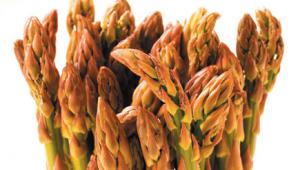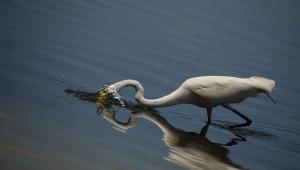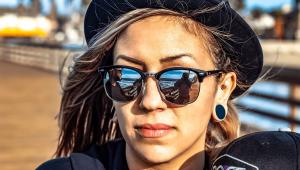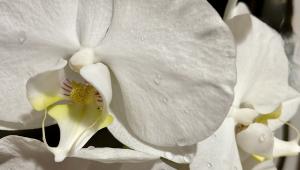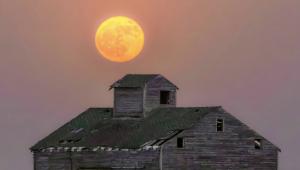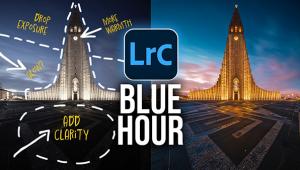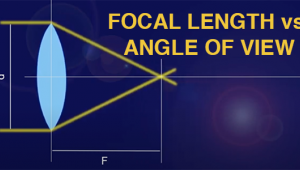Lou Manna: Photos Good Enough to Eat Page 2
A Delicious Specialty
He "fell into food photography" when his early New York Times assignments
took him to the home of food critic and writer Craig Claiborne in the Hamptons.
Manna was commuting from his studio in Commack, Long Island, to work in the
Hamptons and Manhattan. He was sent to Claiborne's home to shoot food
and to work with influential chefs, like Pierre Franey. As he spoke fluent French
(and professes to be a good cook to boot), "I started getting other food-related
jobs."
 |
|
|
|
 |
Altogether, Manna worked for The New York Times for about 15 years. He often contributed to the Sunday magazine, shooting food, people and lifestyles. He also free-lanced and built his own photo business during this time. Today, food photography has become his special niche. His impressive client list includes General Foods, Kraft, Pillsbury, Planters, Corningware, National Yogurt Council, Tabasco, T-Fal and Krinos. He's also been fortunate enough to have the opportunity to travel internationally. "I've seen palaces, dungeons, wealth and poverty." (He once co-piloted a small plane to Vermont to photograph Argentine actor Fernando Lamas' daughter's wedding.)
 |
|
|
|
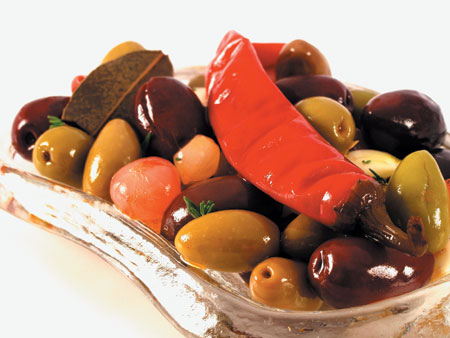 |
Manna has worked from a variety
of studio locations, including his current site in the Flatiron district of
Manhattan, which has recently undergone extensive remodeling. This studio has
a large, state-of-the-art kitchen in which Manna plans to hold client parties,
in addition to using it for his food photography.
Digital Visionary
He became involved with digital technology early on, which he attributes to
his electrical engineering background in college, and the fact that he's
a self-proclaimed "gadget freak." At one time, he shot with 35mm,
medium and large-format cameras. During the '80s, he hooked up a TV monitor
to his video camera, which was placed next to his still camera, for instant
feedback from his clients. Now, he does this digitally.
 |
|
|
- Log in or register to post comments











